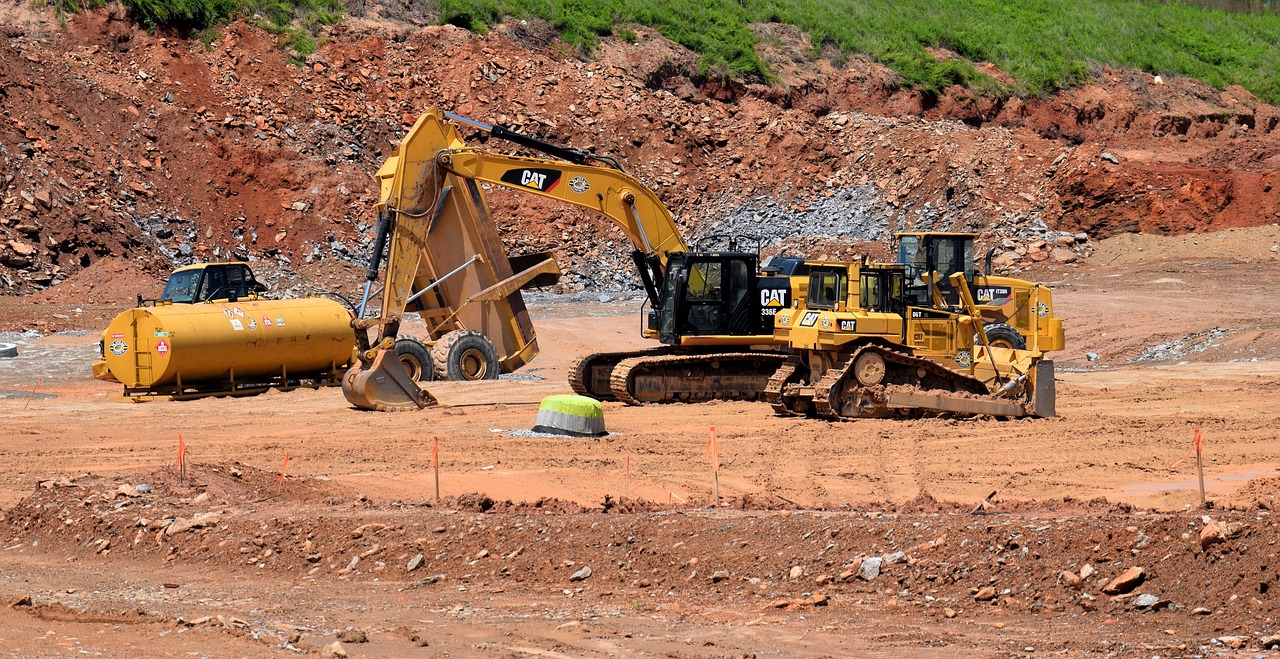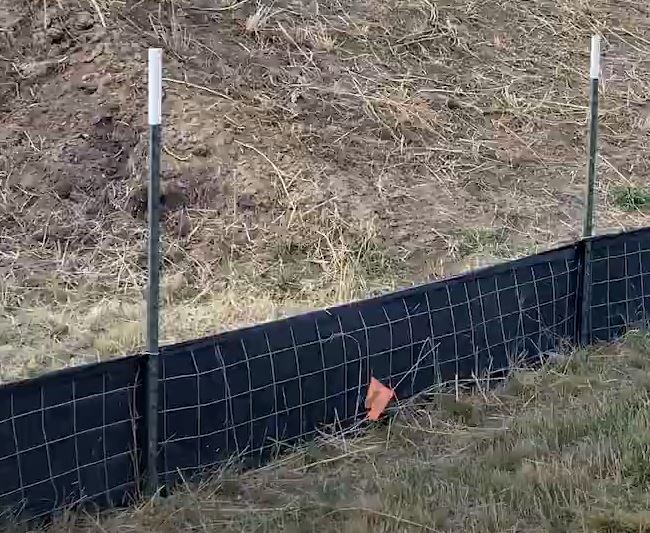
Construction BMP Guide: C233 Silt Fence
A silt fence reduces the transport of coarse sediment from a construction site by providing a temporary physical barrier to sediment and reducing the runoff velocities of overland flow. They can be used downslope of all disturbed areas, but are not intended to treat concentrated flows, nor are they intended to treat substantial amounts of overland flow. In these areas, silt fences should be used in conjunction with other BMPs as a last line of defense.
*The contents of this guide are to provide a general overview only. It is the users responsibility to ensure all BMPs utilized on their project meet the requirements of their state and local jurisdictions.

Silt Fence Installation:
- Bury the bottom of the geotextile fabric a minimum of 4 inches below the ground surface, backfill and tamp over the buried portion of the fabric.
- Attach the geotextile fabric on the upslope side of the posts and secure with staples, wire, or in accordance with manufacturers’ recommendations.
- Areas with high winds should consider using silt fence with metal or plastic-reinforced mesh.
- Wood (2×2 min) or steel posts (no. 6 rebar min.) shall be used and spaced a maximum of 6’ apart
- Drive fence posts into the ground a minimum of 18 inches. A 12-inch minimum is allowed if soft subgrade soil is not present.
- If minimum post depths cannot be achieved, posts should be secured by bracing or guying to prevent the overturning of the fence due to sediment loading.
- Locate silt fences on contours as much as possible.
- Turn the ends of the silt fence uphill to capture the runoff water and prevent water from free-flowing around the end of the fence.
- If the fence must cross contours, place check dams perpendicular to the back of the fence to minimize concentration flow and erosion.

Silt Fence Maintenance:
- Repair any damage immediately.
- If concentrated flows are evident uphill of the fence, they must be intercepted and conveyed to a sediment trapping bmp.
- Check the uphill side of the silt fence for signs of the fence clogging and acting as a barrier to flow and causing channelization of flows parallel to the fence. If this occurs, replace the fence and remove the trapped sediment.
- Remove sediment deposits when the deposit reaches 1/3 the height of the silt fence, or install a second fence.
- Replace geotextile fabric that has deteriorated due to UV breakdown.



